Does your company have dynamic or static alignment?
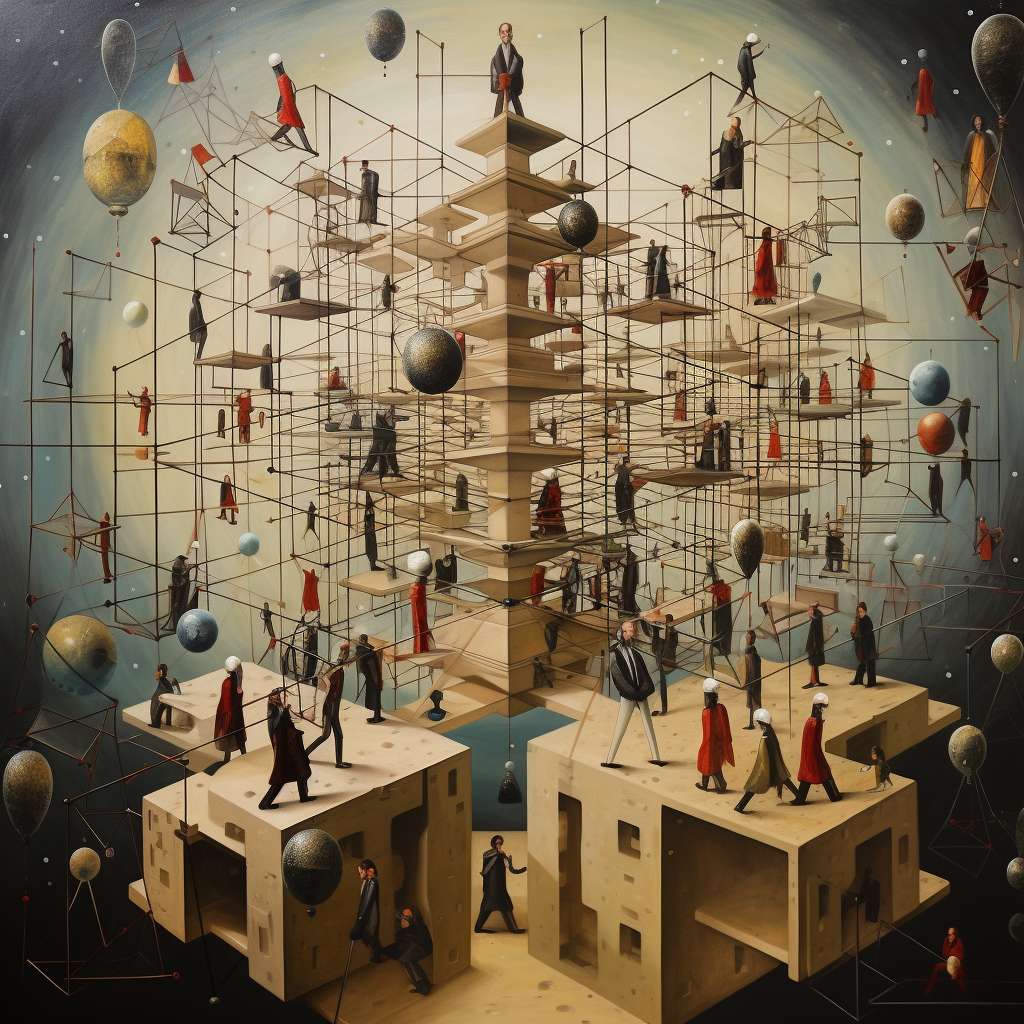
In Antifragile, Nassem Taleb defines “antifragility”:
Some things benefit from shocks; they thrive and grow when exposed to volatility, randomness, disorder, and stressors and love adventure , risk, and uncertainty. Yet, in spite of the ubiquity of the phenomenon, there is no word for the exact opposite of fragile. Let us call it antifragile. Antifragility is beyond resilience or robustness. The resilient resists shocks and stays the same; the antifragile gets better.
For most companies, strategic alignment is static and fragile. After cramming in meetings to make a roadmap or set goals, you get plans to a place that everyone can live with.
But when something doesn’t go as planned (a project is delayed, a campaign or launch fails to deliver, or something changes in the market), the alignment shatters in an instant. Strategic tensions between different teams re-emerge, and work becomes contentious until the next planning cycle starts. When alignment looks more like negotiation, it’s emotionally draining and time-consuming. The same small or big battles repeat themselves. Product managers, who are usually at the center of all the tensions, must perform tireless cycles of diplomacy gymnastics to “keep the peace” in product prioritization.
The root problem is that most companies are aligning at the wrong level of abstraction. Two teams with different mental models for the business can superficially “align” by compromising on roadmaps or goals.
The fix is to achieve dynamic alignment by aligning on a foundational level; that is, a shared mental model of how the business functions, inputs and outputs, as well as lead and lag indicators.
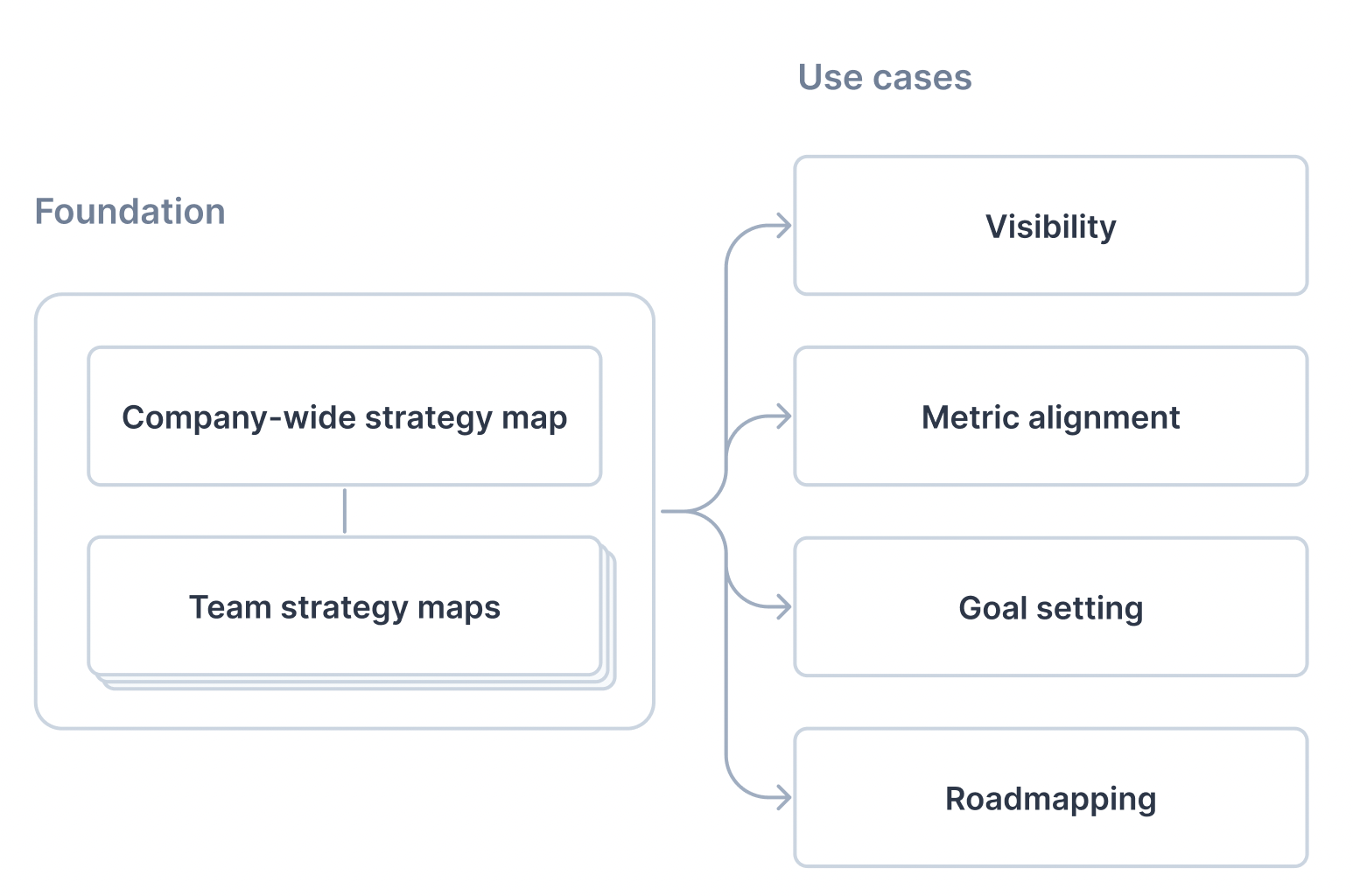
As a group, start with questions like these:
- What long-term outcomes are we trying to achieve?
- What are the inputs that influence those outcomes?
Imperatively, those “inputs” aren’t projects. They’re leverage points.
If folks disagree on components of the model, address it head on before you decide what to do. If you can’t resolve differences, talk openly about the disagreement and collect information to learn which version of the model matches reality better. Learn and iterate on the model together.
Taleb says:
The antifragile loves randomness and uncertainty, which also means— crucially—a love of errors, a certain class of errors. Antifragility has a singular property of allowing us to deal with the unknown, to do things without understanding them— and do them well.
Dynamic alignment is antifragile because it gets stronger when new information comes in. When a team collectively acknowledges assumptions, when those assumptions are invalidated, it’s exciting to update the model. Changes to the roadmap and goals unfurl naturally, with less painful negotiation. The model and the alignment of the team get deeper over time with shared successes and failures.
Taking the foundational approach to alignment is way less time-consuming than spending the team’s energy aligning at the superficial level of projects and goals where endless details need to be agreed upon.
So does your company have static or dynamic alignment? Here are some signs:
Signs of Static Alignment:
- Endless emotionally draining meetings to align on goals and projects.
- Decisions are slow and rigid, lacking adaptability to changing circumstances.
- Silos and departmental boundaries hinder collaboration and information flow.
- Conflicts and disagreements between teams persist without resolution or learning.
- Lack of shared understanding and a disconnect between individual and company goals.
Signs of Dynamic Alignment:
- Agile decision-making processes that allow for quick adjustments based on new information.
- Cross-functional collaboration and open communication channels promote shared understanding and collective problem-solving.
- Conflicts are addressed proactively and resolved through a focus on learning and experimentation.
- Alignment between individual and company goals, fostering a sense of purpose and shared vision.
- Team change as an opportunity for growth and actively seeking out innovative ideas and approaches.
At DoubleLoop, we help companies achieve dynamic alignment through the creation of “strategy maps”. To get a feel for what they look like, here are some examples:
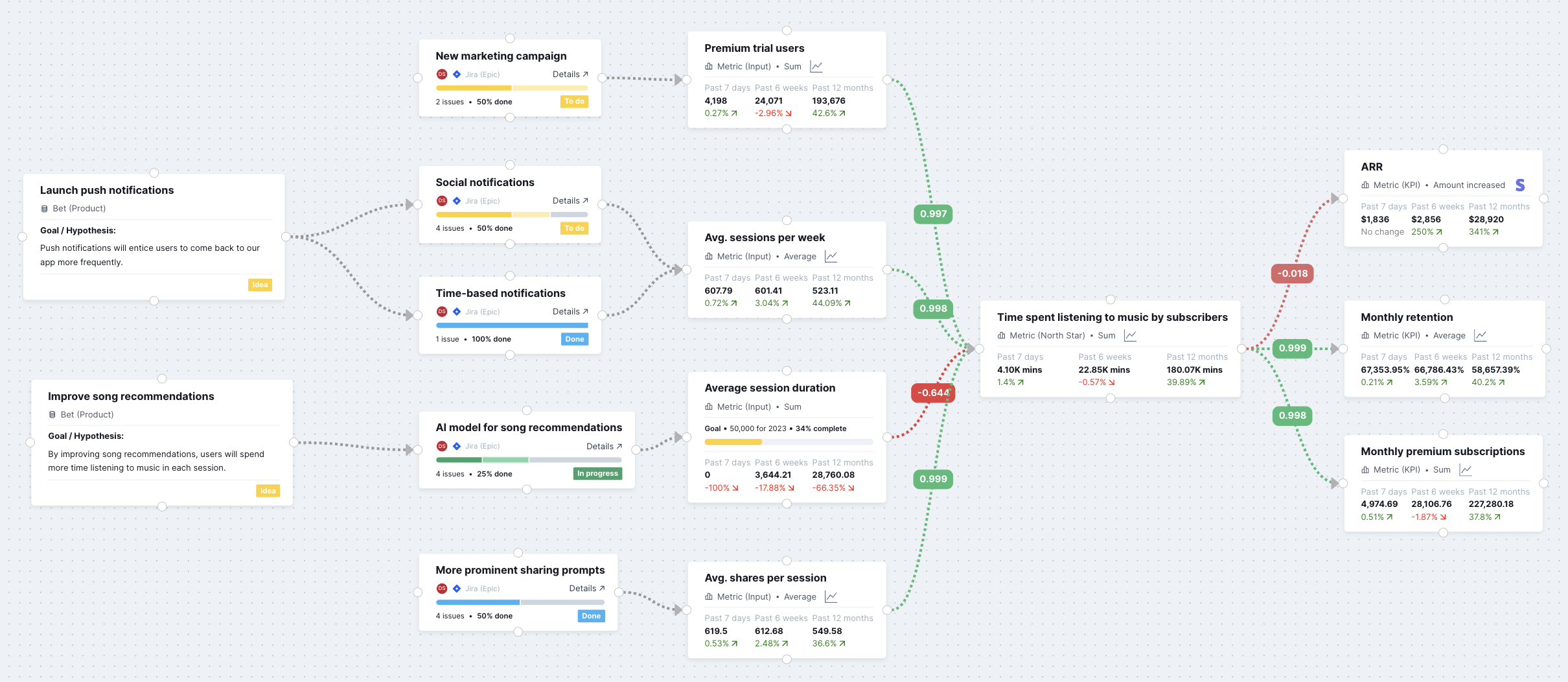
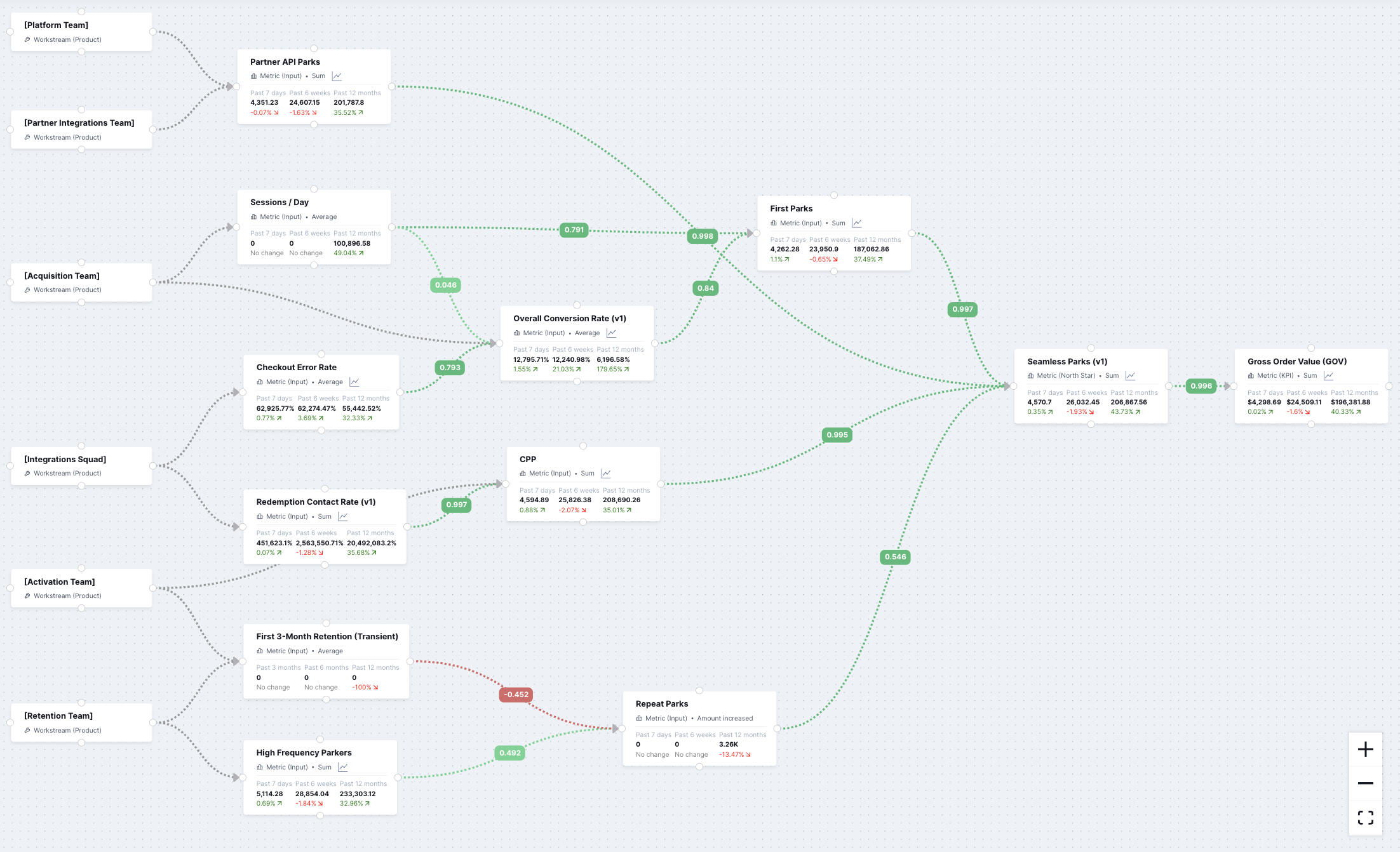
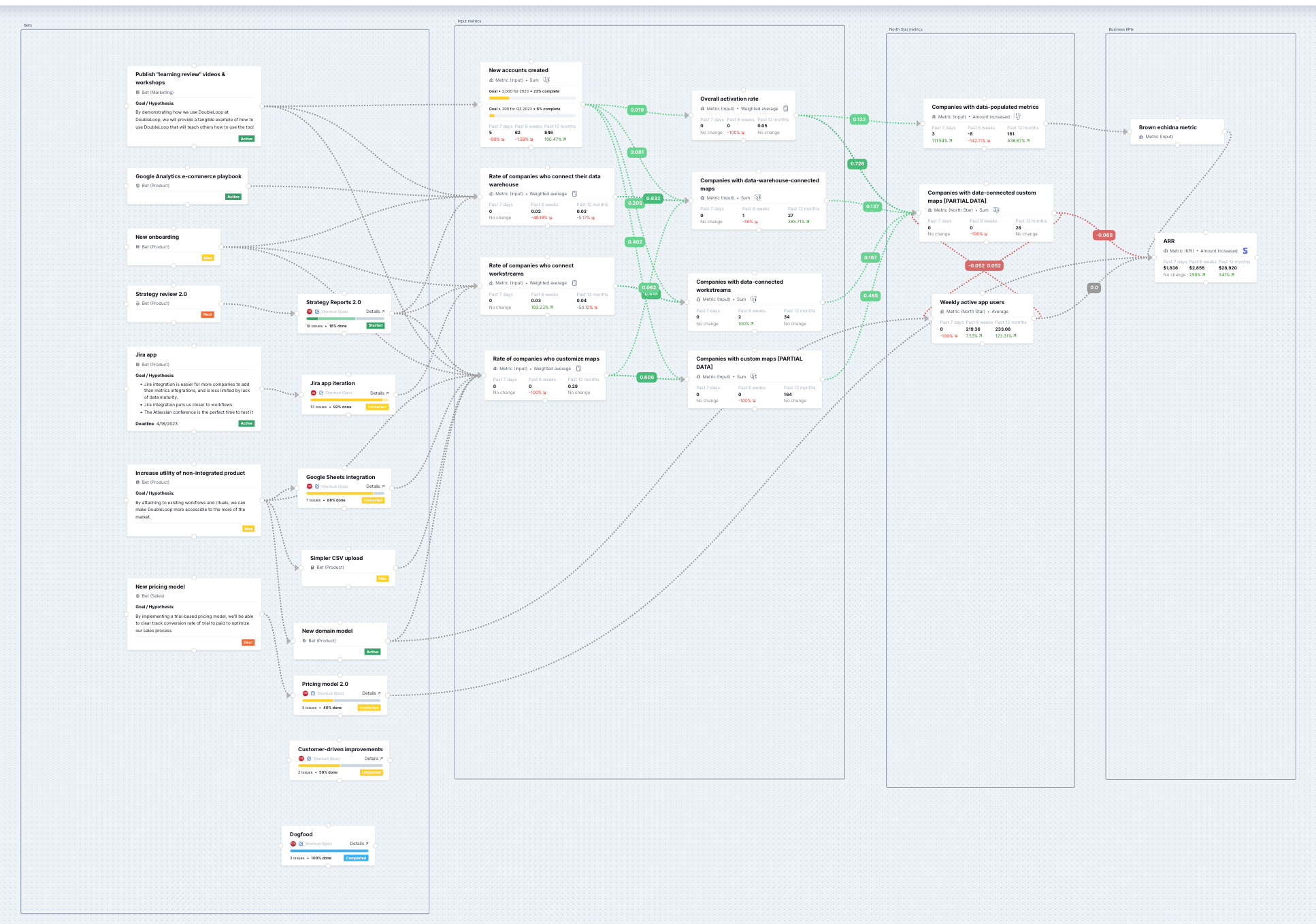
Would you like to create dynamic alignment at your company? We'd love to help. Head over to doubleloop.app and schedule a demo. Whether you need help getting started or you're ready to start mapping, we got you.